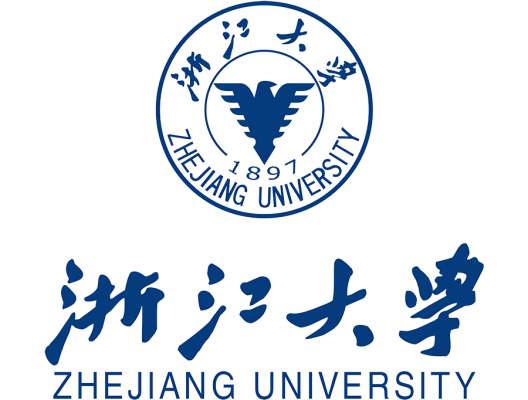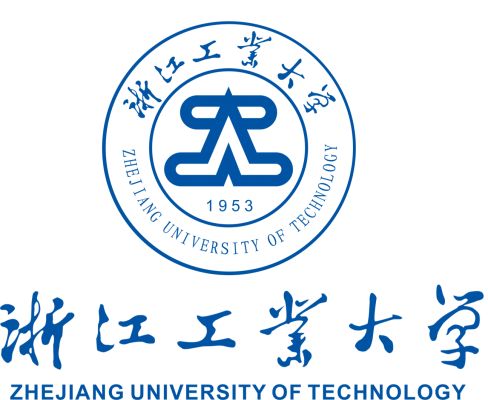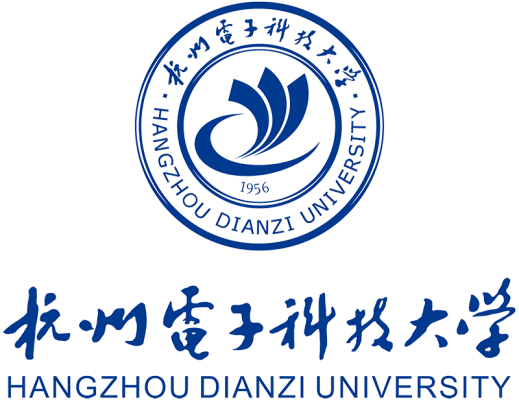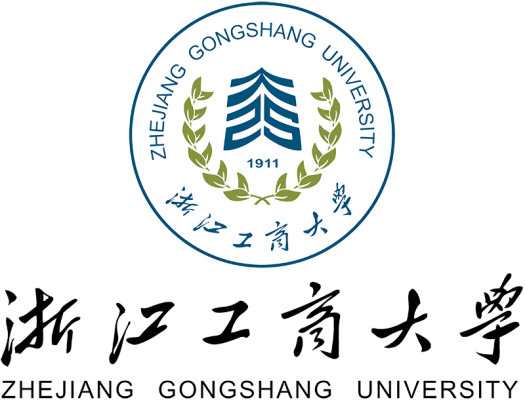
Biography: Stanford Professor since 1986 (now recalled emeritus), and Chairman of ASSIA Inc (2003-present). BSEE- Illinois, MSEE and PhDEE-Stanford. Cioffi's experience includes 6 years at Bell Laboratories (Member Technical Staff), 2 years at IBM Research (Research Staff Member), 8 years at Amati (Founder and CTO; Later Texas Instruments Broadband Group), and 12 years at ASSIA Inc as fulltime CEO.
Cioffi received the 2023 United States Medal of Technology from President J. Biden. Cioffi's other awards include IEEE AG Bell (2010), Millennium, and L.K. Kirchmayer (Graduate Teaching) (2014) Medals, IEEE Armstrong (2013) and Kobayashi (2001) awards, US National (2001) and UK Royal (2009) Academies of Engineering, Marconi Fellow (2006), Internet Hall of Fame (2014), Consumer Electronics Hall of Fame (2018), 2018 IEEE Women-in-Communications-Mentoring Award, and many IEEE best-paper awards. Broadband World Forum Lifetime Achievement Award (2014) and American National Standards Outstanding Achievement Award 1996.
Cioffi has served 12 boards of directors of public and private companies, including presently ASSIA (Chair), PhyTunes (Chair), Fiberify, and the Marconi Society (nonprofit). See also https://profiles.stanford.edu/john-cioffi?tab=bio and https://cioffi-group.stanford.edu.
Title: Artificially Sage Spectrum-Information Assignment
Abstract: Unlicensed and/or licensed spectrum assignment best addresses imminent saturation by improving existing transmission practice. To date wireless improvement has instead largely benefitted from new spectral allocations or increasing antenna counts. However, improved physical-layer choices can also dramatically improve energy use, better address congestion, and support sustainability challenges through increasing use of appropriate artifical-intelligence optimization. This is here called "sage spectrum-information assignment." This keynote examines some key transmission architecture choices, both in terms of the transmission methods used as well as digital-signal-processing/modulation calculations' location. This cost/QoE/sustainability tradeoff invites artificially intelligent methods that will best improve next-generation multiuser transceivers beyond present strategy.




















